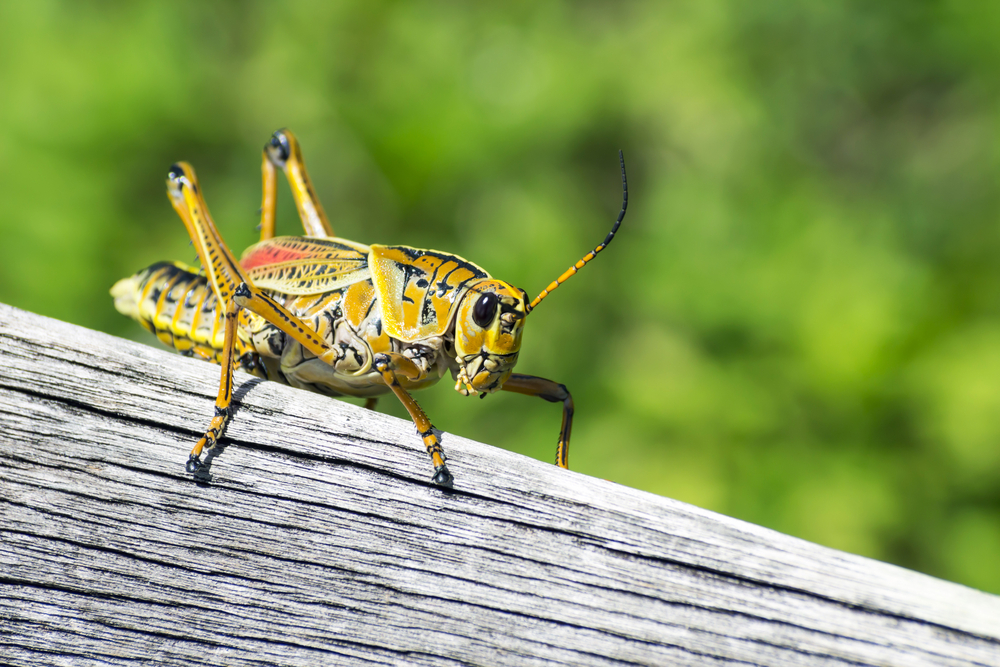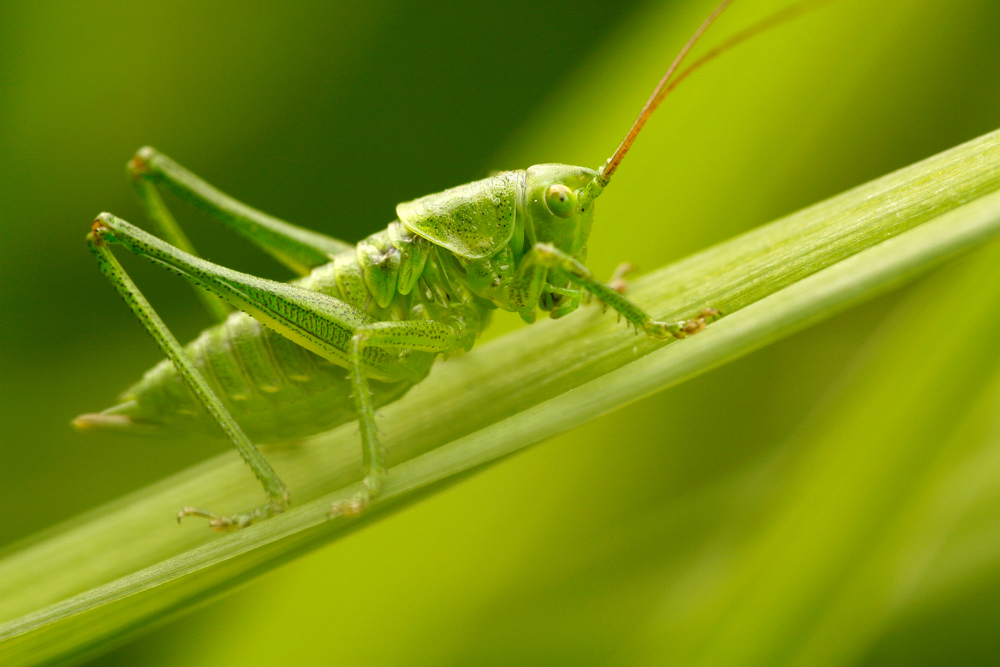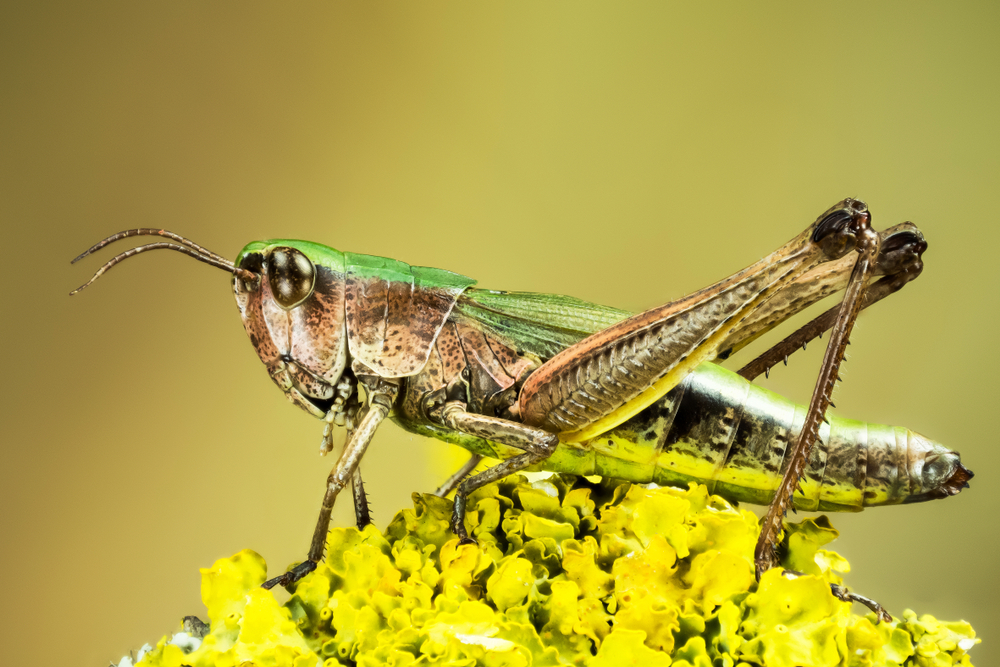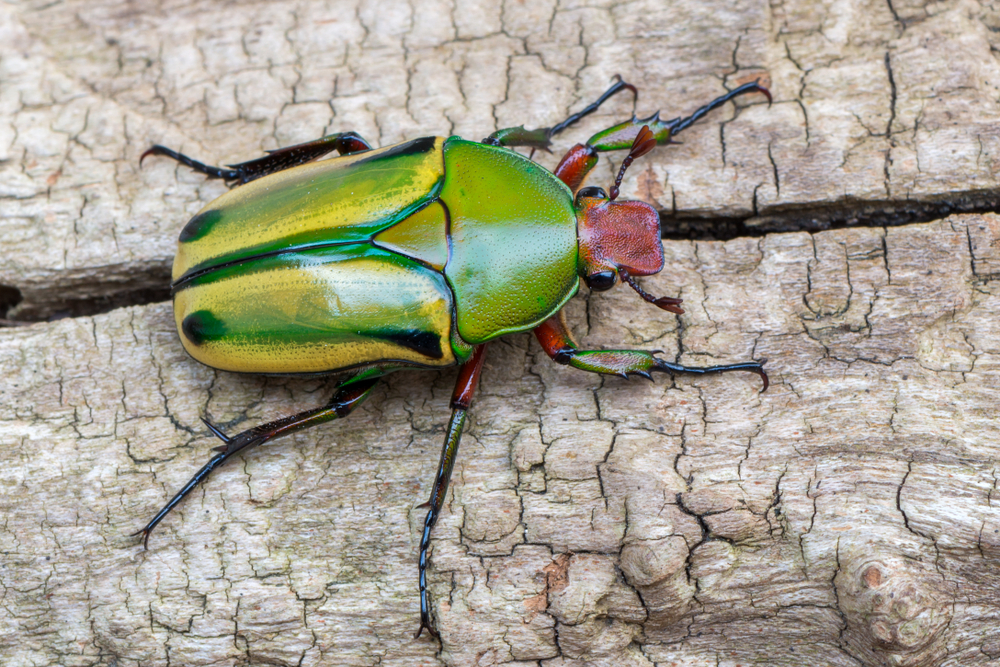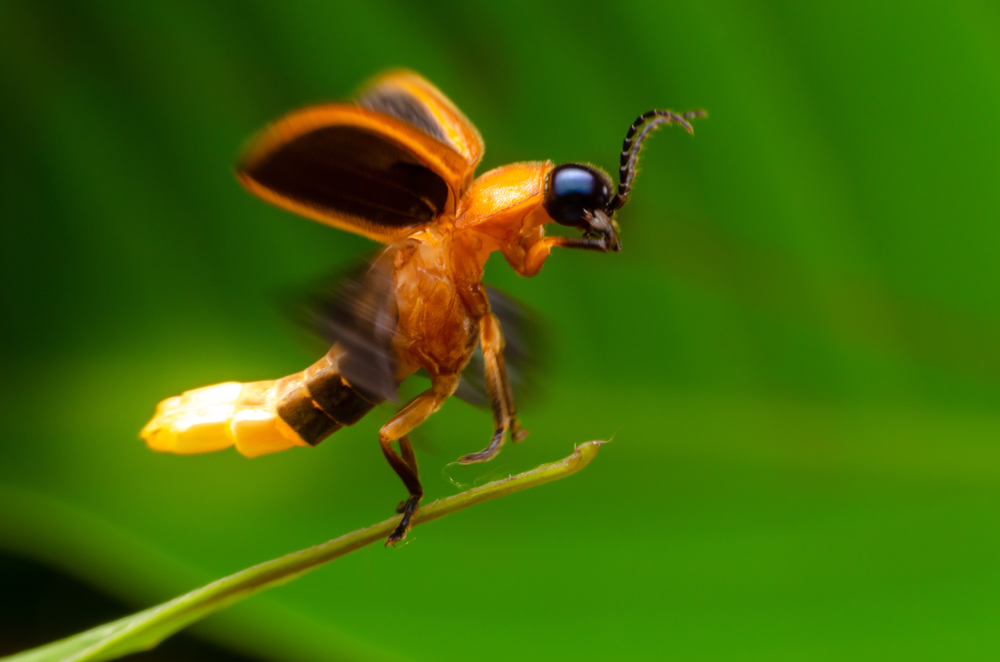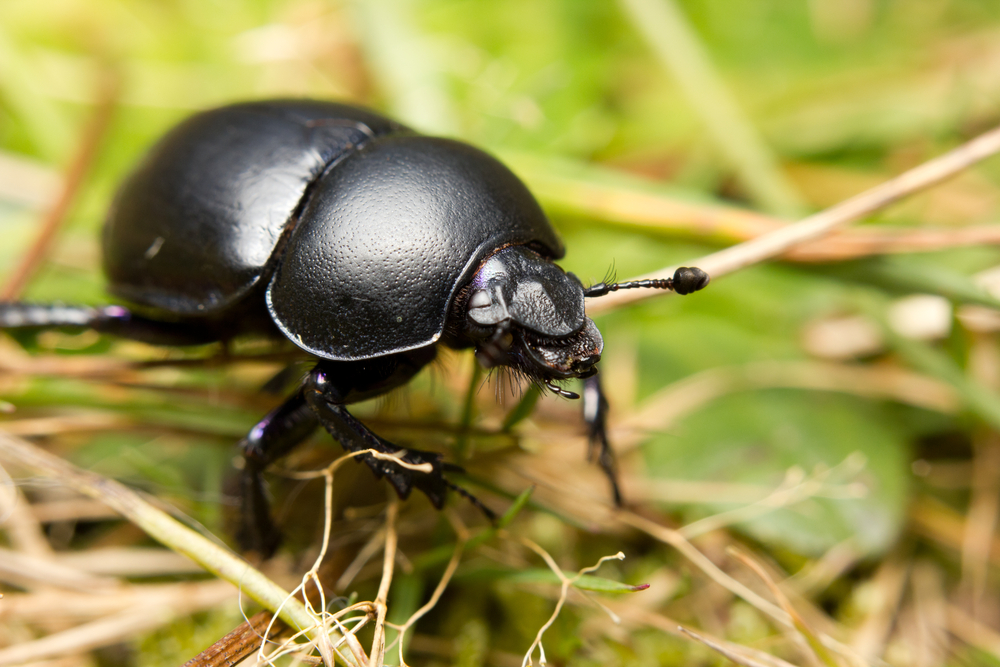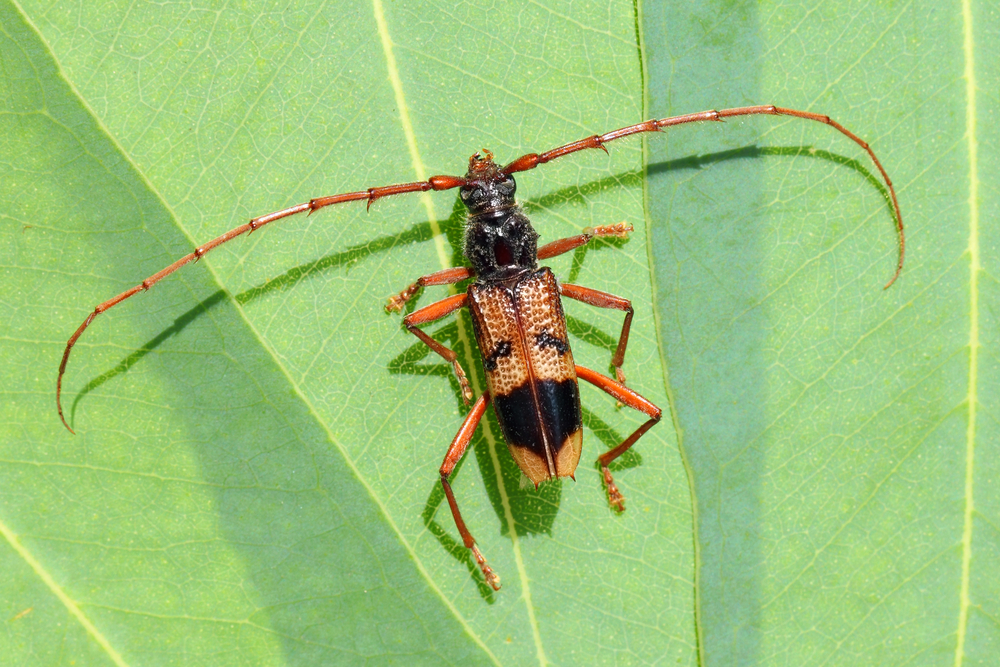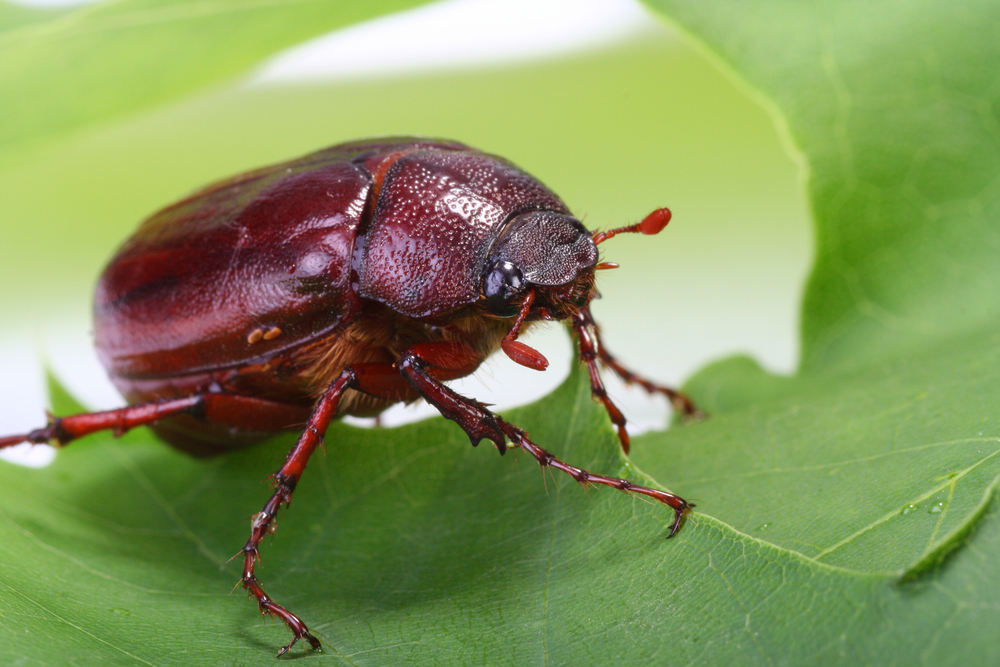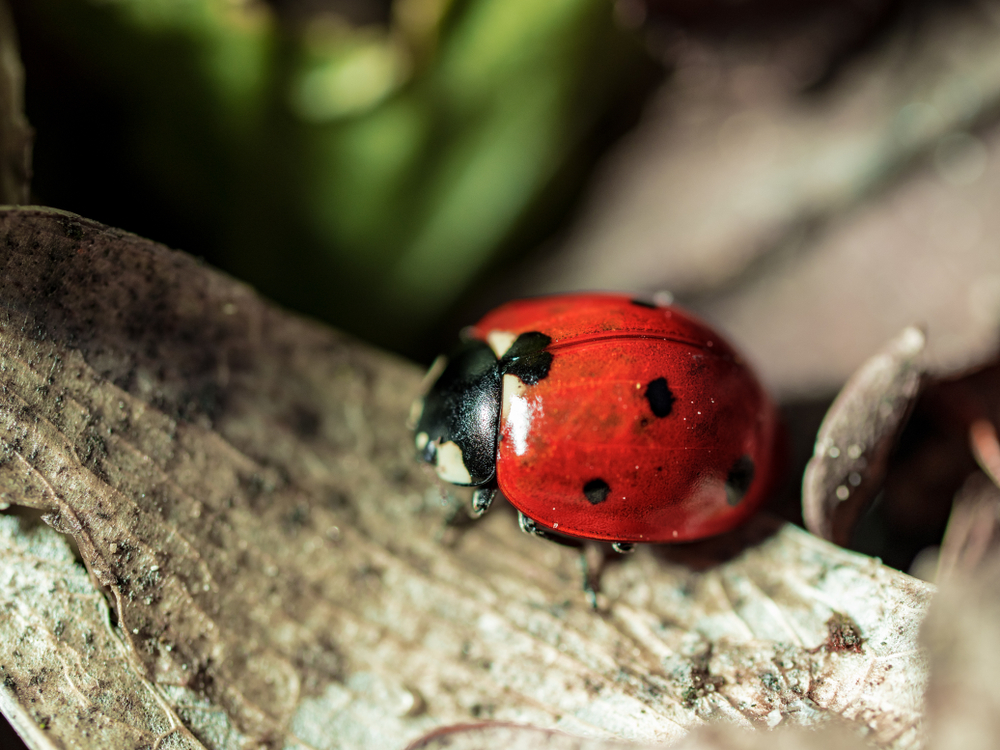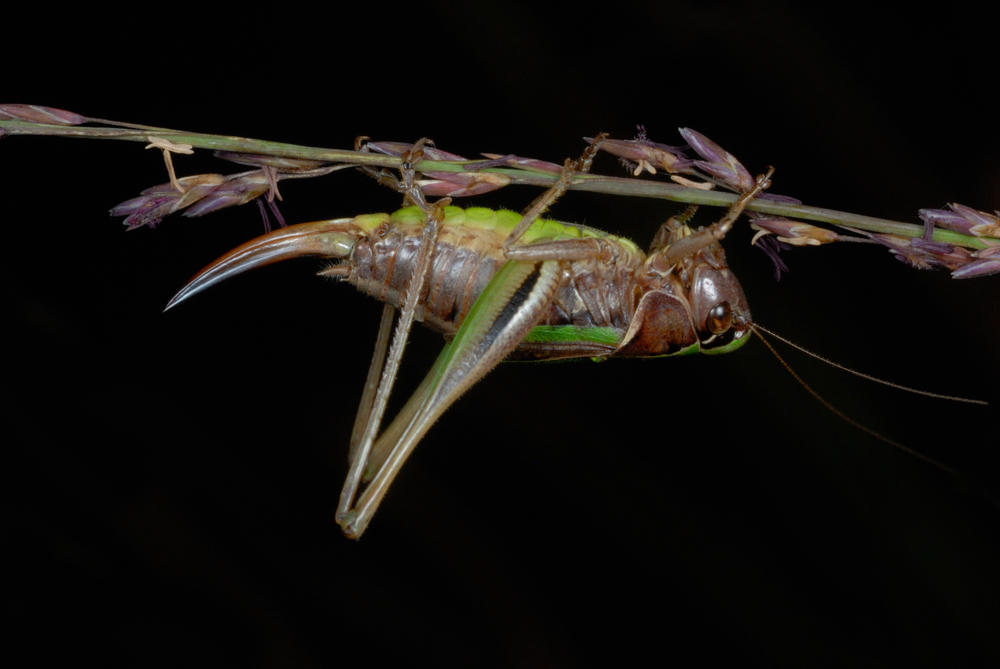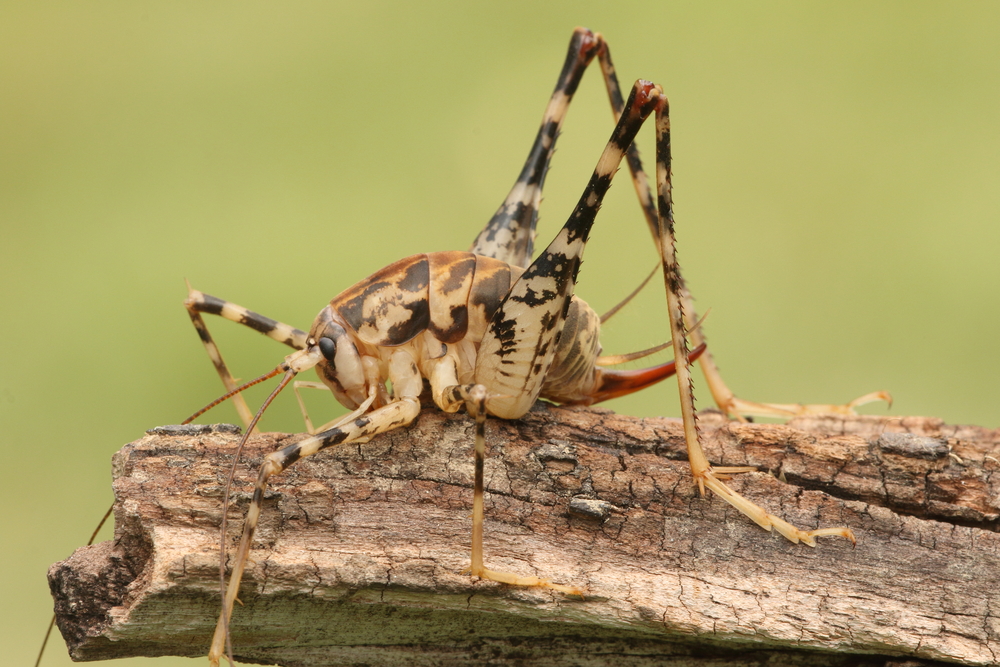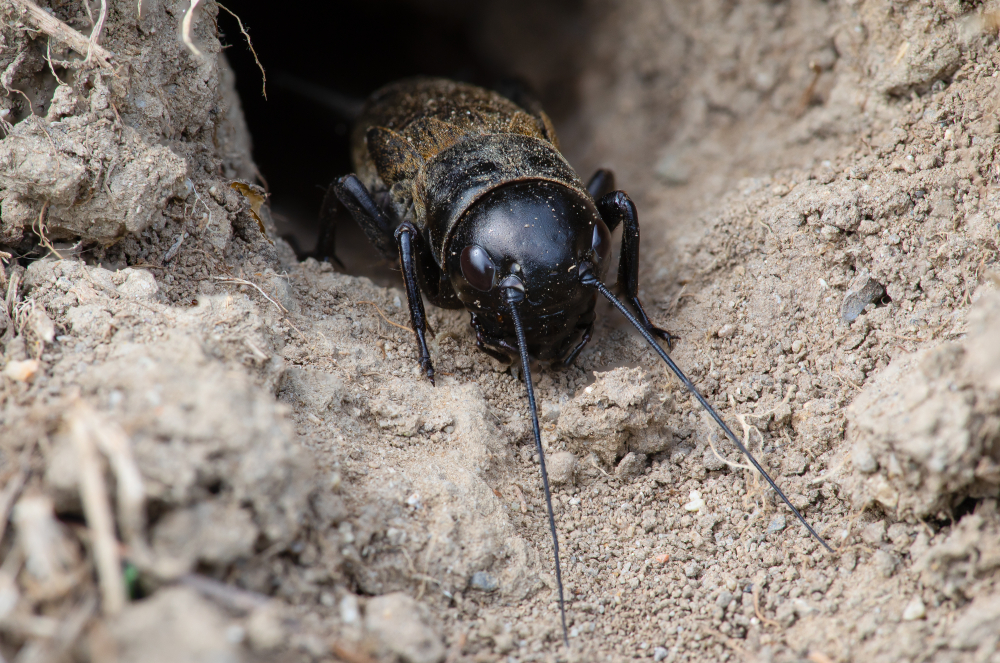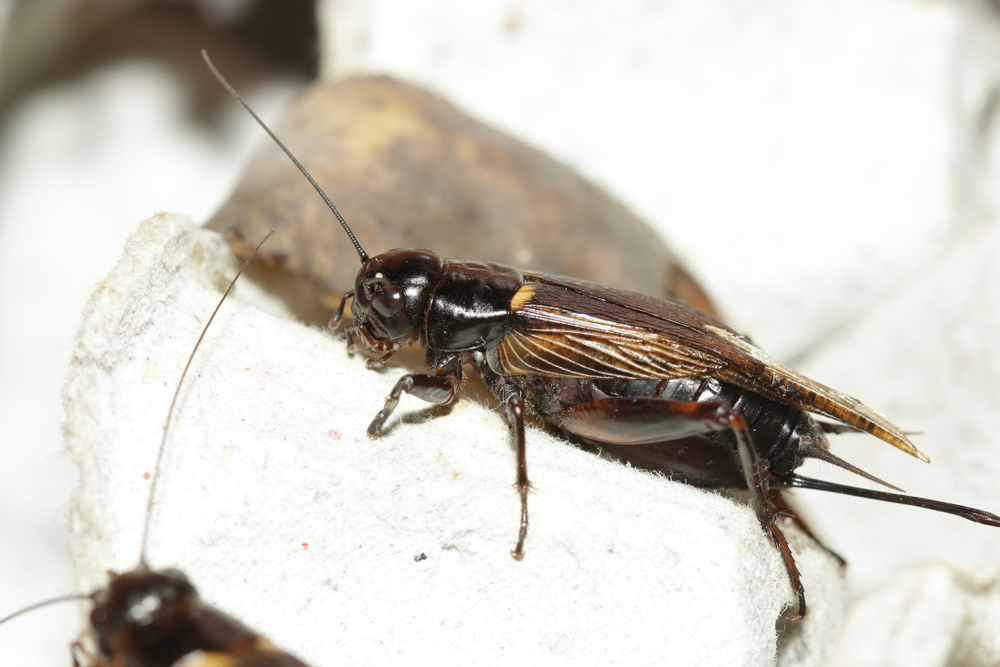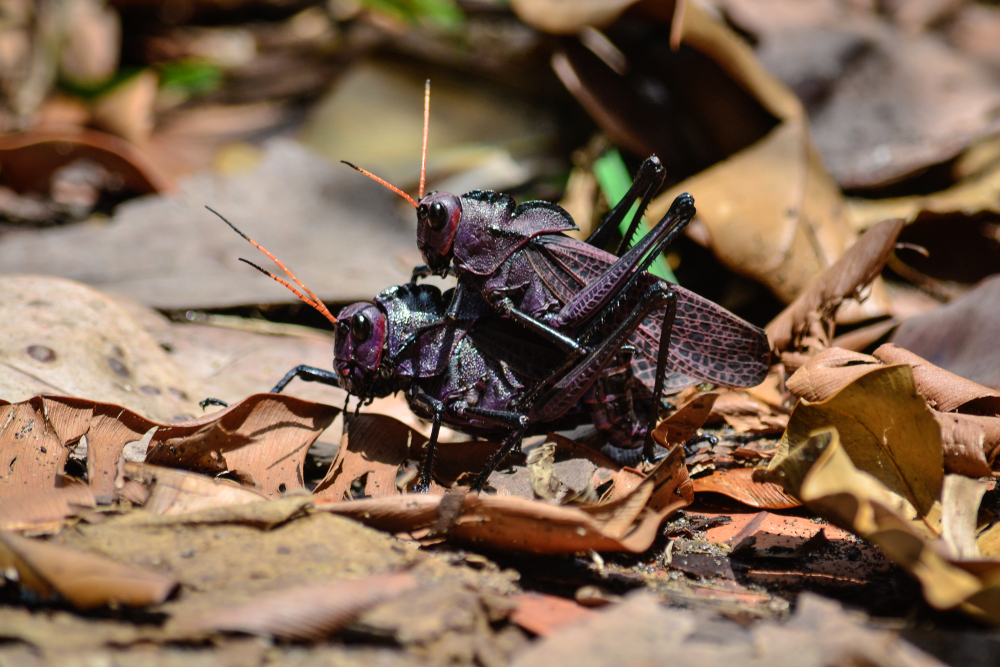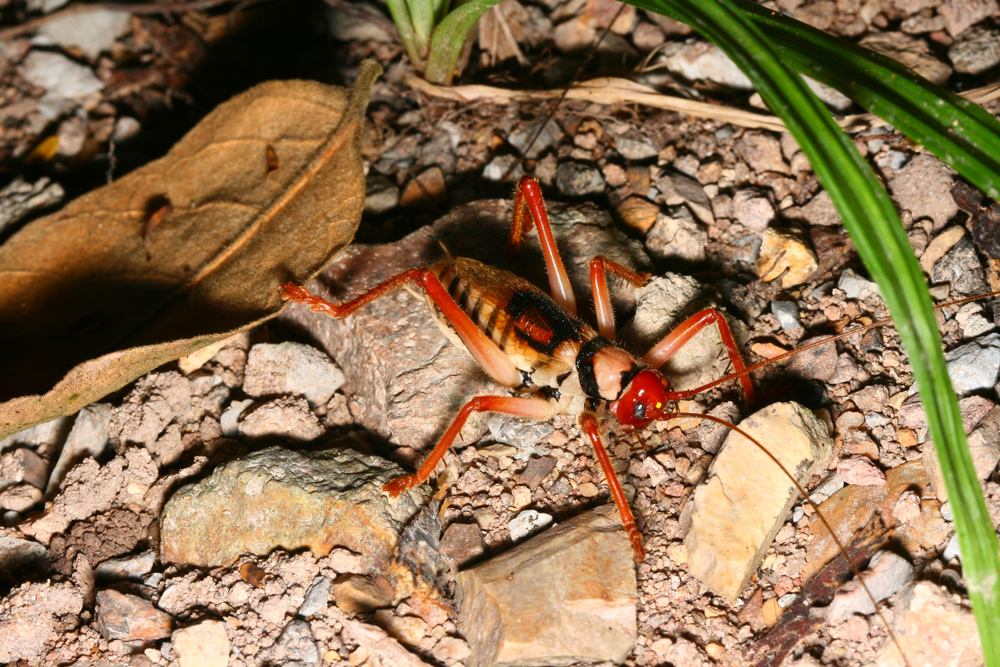There are thousands of cricket species distributed worldwide, and they belong to various genera and families within the order Orthoptera. It’s challenging to provide an exact number of cricket species because new species are continually being discovered, and taxonomic classifications may change over time. However, as of my last knowledge update in January 2022, there were estimated to be over 2,400 recognized species of crickets.
These cricket species are highly diverse and can be found in a wide range of habitats, from forests and grasslands to urban areas. They vary in size, coloration, behavior, and ecological roles. Some of the well-known cricket genera include Gryllus (house crickets), Acheta (house crickets), and Teleogryllus (Australian field crickets), among many others.
Keep in mind that the number of recognized cricket species may have increased since my last update, as ongoing research and taxonomic studies continue to reveal new species and refine our understanding of cricket diversity. Taxonomists and entomologists are continually working to classify and describe these fascinating insects.































































